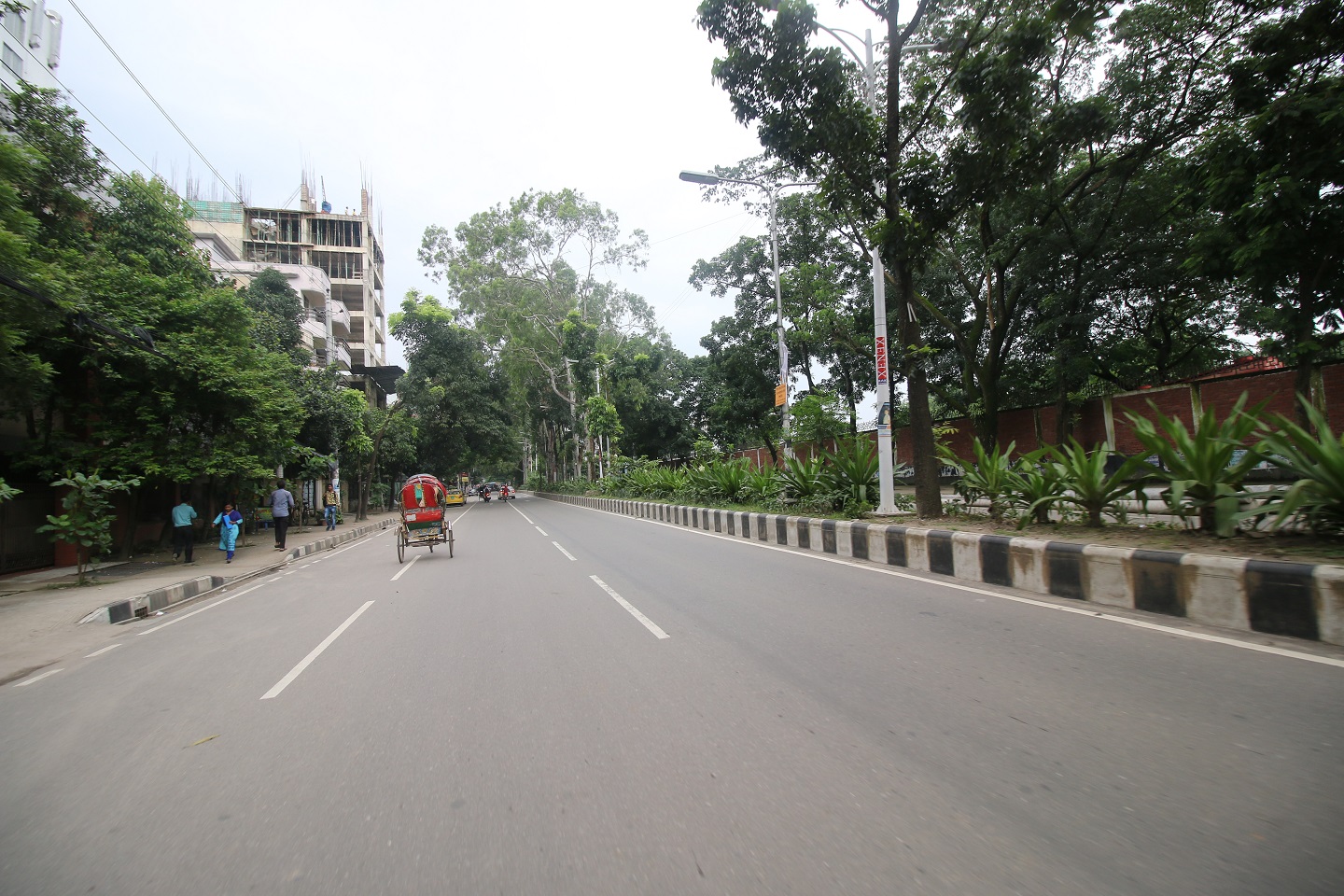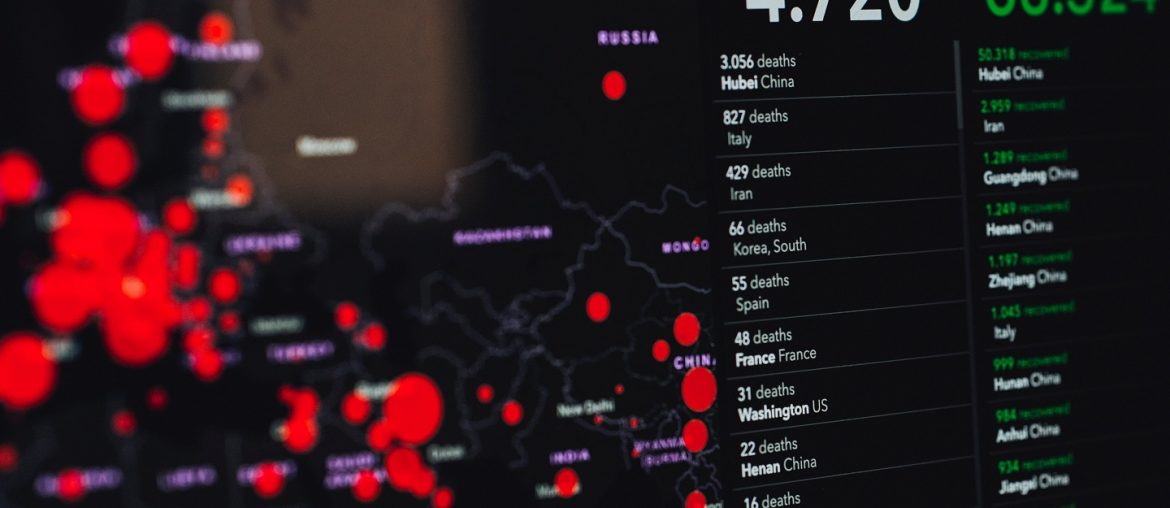Throughout history, as the world has experienced great events, it has also encountered horrible occurrences. Worldwide phenomena such as plagues, smallpox, cholera, and other infectious diseases have often devoured the entire world and wiped out millions. Recently, the world has been struck by yet another deadly disease named Covid-19 caused by a highly infectious virus named Corona. As there is no cure for this disease yet, the ways countries are trying to flatten the curve of the outbreak are wide-ranging. In Bangladesh, for example, the government has taken initiatives such as locking most parts of the country down, imposing social restrictions, and banning large gatherings to help prevent the spread.
Although some African, Asian, European, and South American countries are responding to the outbreak in interesting ways, most countries are taking measures that are common and proven to be most effective.
Traveling Restriction

A restriction on traveling was one of the major and most effective actions that were taken to flatten the curve. And it helped significantly. Some of the first travel restrictions were on travel from China, but then other countries were added to the list as virus hotspots began to emerge across the world.
Japan then immediately banned entry to visitors from certain areas of China and South Korea. Later that extended to 21 European countries and also Iran. Travelers from the US, on the other hand, were told to go into quarantine for 14 days.
Australia and New Zealand have restricted entry to all foreigners and told their own denizens who traveled back from other countries to go into mandatory self-quarantine for two weeks. Singapore and South Korea have done the same and Canada, the US and the European Union have also imposed restrictions. India suspended all visas for foreigners and Bangladesh extended its ongoing ban on all traveling operations to and from all European countries along with 16 more.
And interestingly China itself, where it all started, has now banned all foreign visitors, concerned that new cases of the virus will start to come or are coming from abroad.
Social Restrictions

During the 2019–2020 coronavirus pandemic, the CDC revised the definition of social distancing as “remaining out of congregate settings, avoiding mass gatherings, and maintaining distance (approximately six feet or two meters) from others when possible.” In a recent study, scientists have found that during sneezing or forceful breathing, droplets from the mouth can travel up to six feet. That is why everyone is advised to maintain two meters of physical distance as a precautionary measure to prevent the infection.
Other than avoiding physical contact, several social distancing measures have been imposed to control the spread of contagious illnesses including school and workplace closure, banning mass gatherings, and encouraging everyone to stay at home and go into home quarantine.
Widespread Testing

You can’t control the spread of the virus if you don’t know how many are affected by it. So countries began widespread testing with China being the first to initiate it. Along with strict measures and widespread testing China managed to bring down the number of daily affected people from 2,000 to 100 in less than three weeks. Many countries were late to take the outbreak seriously, but soon after realized the true terror of the virus, and all have enacted a multitude of measures to prevent the spread.
Countries such as China, Italy, South Korea, and Singapore were first to initiate widespread coronavirus testing for all its citizens. Soon, others also followed the trend. Today there are hundreds of thousands of people who are tested for coronavirus across the globe every day.
Lockdown

As the death toll continues to rise, some countries are putting their citizens on various forms of lockdown. From schools and workplaces to restaurants and bars, most organizations and shops are closed down trying to control and prevent the outbreak. Bangladesh, India, China, France, Italy, New Zealand, Poland, and the UK have implemented the world’s largest and most restrictive mass quarantines. Although several countries including Spain, Iran, Italy, Denmark, Israel, and Germany previously imposed restrictions, they have now started relaxing lockdown measures with varying levels of success in tackling the outbreaks.
Besides, some countries have implemented some of the most interesting ways to flatten the curve and restricting the activity of its citizens. For example, in Panama, the restrictions of movement are now based on gender. Men and women can go out of their house for only two hours at a time and on different days. And in Colombia people are allowed to go outside based on the last digit of their ID number.
These are the common measures that most countries are establishing in order to prevent further spread. The only country that has been able to turn the tide of the infection that is now rapidly spreading through the global population is China. The nation has shown how to flatten the curve by implementing effective measures and thus, has given the entire world an example to follow.




